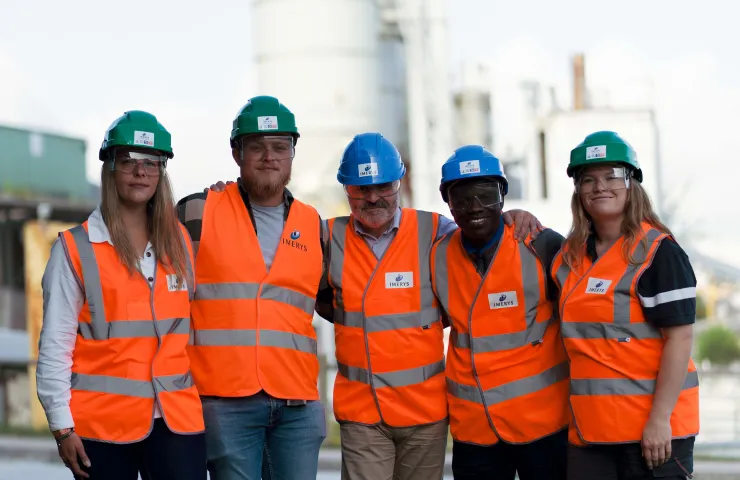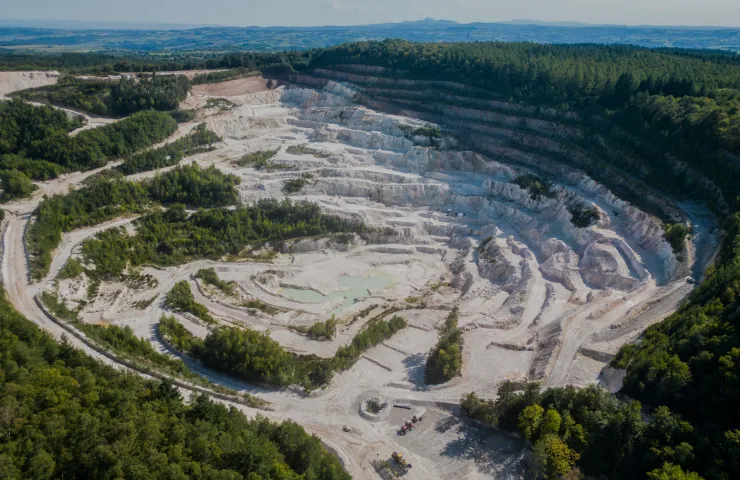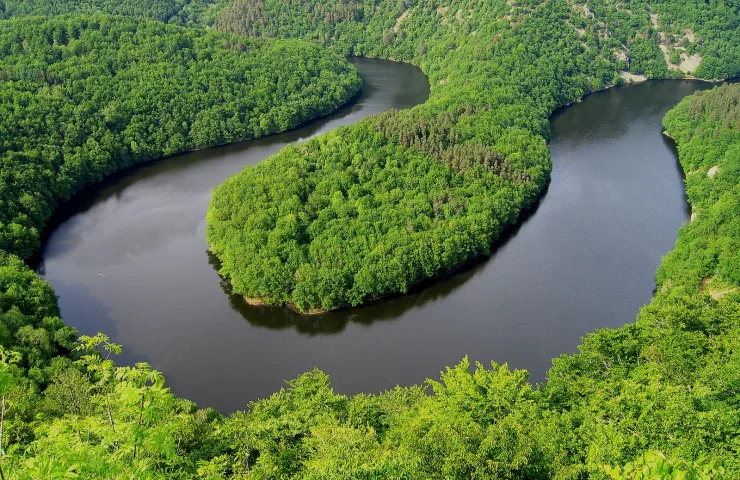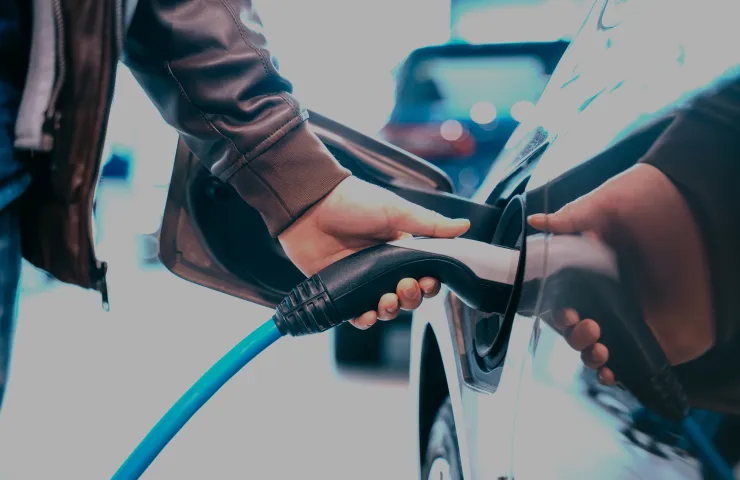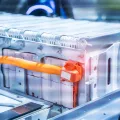Controlling environmental impact
Preserving the environment and biodiversity is a priority for Imerys, which does everything it can to minimize its environmental impact. Any industrial activity will have an impact on its environment. This will, of course, be the case for the EMILI project. In addition to the regulatory aspects, Imerys is committed to conserving biodiversity on all its sites, from the project phase through to end-of-life quarry rehabilitation.
Many studies have been carried out to this end, including environmental impact studies, hazard studies, and specific additional studies relating to issues such as air, water, soil, noise, natural environments, landscape, cultural heritage, energy, health effects, tailings and residue management, post-mining management, etc. All these studies, carried out by independent experts, will continue over the coming months and will serve as a basis for applying for the various permits that the project will have to obtain.
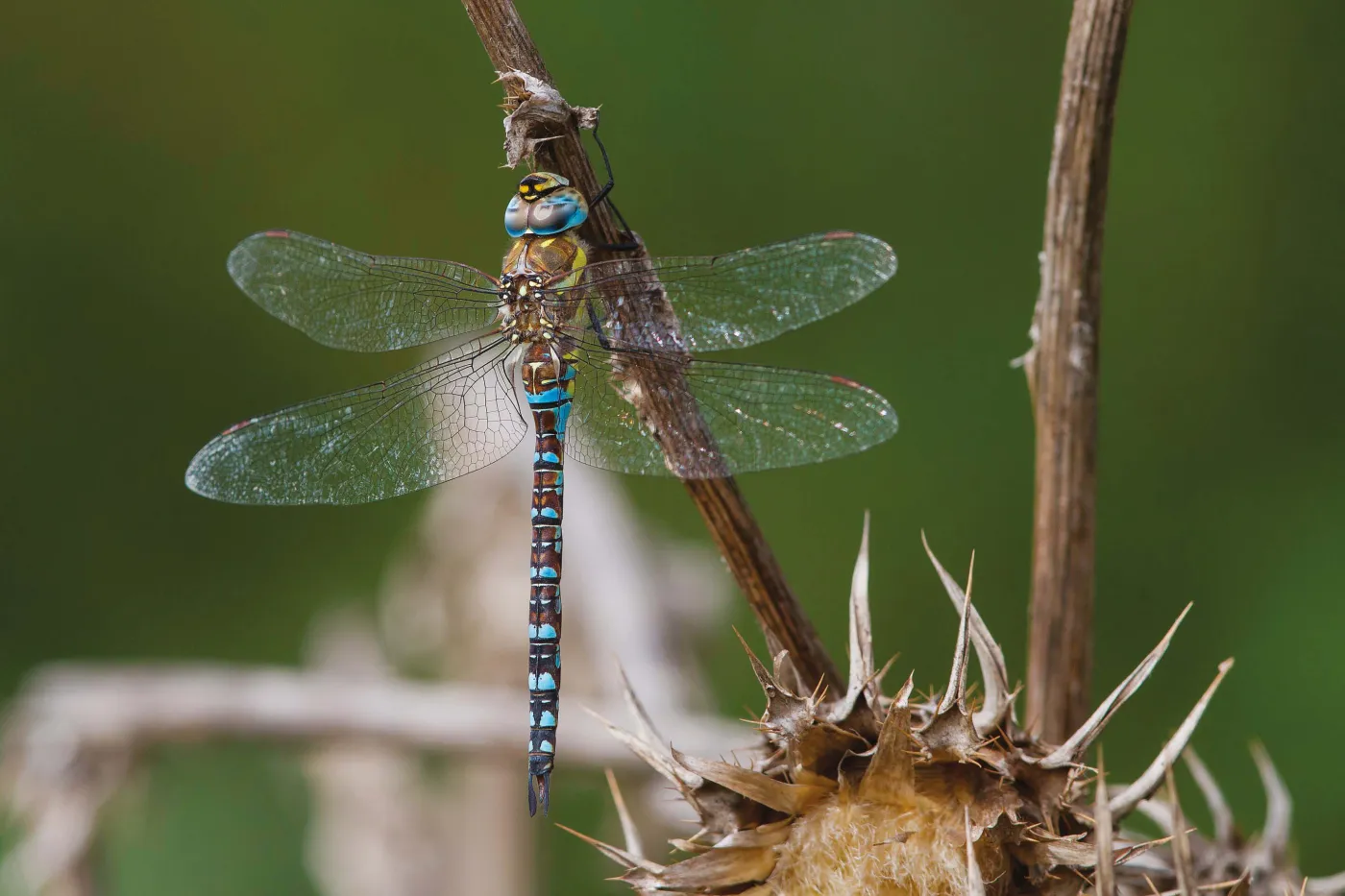
Avoid, reduce and compensate
Each impact identified will be subject to the Avoid, Reduce, Compensate principle.
Avoiding impact where possible, by choosing less sensitive sites and adapting plans so as to bypass ecologically sensitive areas.
Reducing impact that cannot be completely avoided by using cleaner technologies, optimising processes and adopting more responsible practices.
Compensating for any remaining impact through measures such as habitat restoration, protection of certain areas, or any other necessary actions.
Committed scientific partners
The Beauvoir kaolin site already works closely with recognised scientific partners in the field of biodiversity, such as the French forestry commission (ONF) and the Allier Conservancy of Natural Areas (CEN), on the management of Avoid Reduce Compensate measures for the existing quarry.
Key figures
More than 16 studies carried out or still to come on water, the environment, natural habitats, landscape, risks, carbon footprint, socio-economic impact and spillovers.
Your questions about the environment
What will happen if pollution occurs? Will Imerys accept responsibility?
Will odours emanate from any of your sites?
At the loading site, the products handled (lithiniferous mica concentrate and feldspathic sand) are odourless.
As regards the conversion site, the products used do not naturally give off any particular odour.
Won’t the mining activity endanger the surrounding Natura 2000 sites?
The only Natura 2000 areas that could be affected by the developments are the Forêt des Colettes area for the pipeline to pass under the departmental road (and hence outside the forested area) and the Gorges de la Sioule area for the pumping point.
According to the initial results of the hydrogeological study, the impact on water levels under the Forêt des Colettes will be very limited. All the more so as measures could be taken to waterproof certain parts of the galleries if needed, to avoid or limit water infiltration.
The impact studies to be carried out will systematically include an analysis of the impact on the Natura 2000 site.
Is the summit of La Bosse going to be razed to the ground?
What sources of dust emissions will there be?
To reduce the dust raised by the movement of machinery on surface tracks, they may be sprayed with water.
In addition, the quantities and nature of this dust will be monitored, controlled and will comply with the standards in force.
Do electric vehicles really have a better carbon footprint than internal combustion vehicles?
Source: https://www.carbone4.com/analyse-faq-voiture-electrique
Are electric vehicles really essential to the energy transition?
Source: https://www.ipcc.ch/report/sixth-assessment-report-working-group-3/

